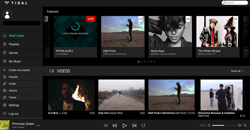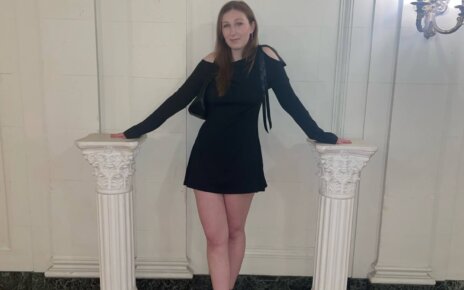For as long as humankind has existed, music has followed them. With music genres, songs and artists defining every era, culture and country, humans and music have, and always will be, connected.
With the turn of the century, getting music to fans and making sure artists are rightfully compensated for their work has become a tricky balancing act. With the rising cost of just about everything, music has become something people take for granted as it is almost always free of cost.
“I don’t feel bad [not paying for music] because accessing music [for free] is so common now it doesn’t seem wrong, it seems normal.” Rebecca Zidik, a senior communication student, and an average everyday music consumer, said.
We are the generation of sites like Napster, Limewire, and Pirate Bay, all sites that allow any person with a computer to download music for free. It is no wonder it seems common. Since we could understand the words to 50 Cent’s “Candy Shop,” we had been watching a consumer culture fighting against paying for music.
Sites like Spotify and Pandora are also adding to the problem, because although people cannot download the music on these, they are accessing the music for free.
“As we move from a physical to a digital environment, with regards to recording music, now we move from an ownership to an active model. People are no longer buying music but just accessing it,” Joseph Rapolla, the chair of the music and theatre arts department, said.
Recently, many artists have started to rebel; you may remember, not too long ago, many artists had their music removed from Spotify trying to fight the inadequate compensation for their music. Taylor Swift was one of the most notable artists to do so.
According to Adweek, 1 million plays on Spotify means a 6-8K payout. Seems like a lot, right? Well in reality, only 70 percent of this goes back to the master recording and rights publishers, 60 percent of that goes to the record label and artist, and then ten percent is split between everyone else who helps create the song, and there are a lot of people. And 1 million plays is a lot! You have to be one of the top performers at the moment to make that amount of money in a short amount of time.
Enter, Jay Z and friends. A couple of weeks ago, the mega successful rapper and business man launched his site, Tidal, which, for $19.99, offers unlimited studio quality streaming that fairly compensates the artists you are listening to. The trick to this service is that artists own it and they will have more control over how their music can make money.
Many argue that these advertisements and star-studded events are just rich artists being greedy. We all know that the amount of money behind the people makes up the Gross Domestic Product (GDP) of a small country, but these artists claim not to be behind the movement for themselves. Rather, they insist it is for the smaller artists who are trying to make it big.
Now, like with every story, this story comes with two sides. One side is angry that artists are not fairly compensated monetarily. The other sees the incredible opportunity Tidal gives upcoming artists, as well as any other artists to grow their fan base. Even the biggest artist in the world doesn’t have a fan base until someone listens to them.
Former Nirvana bandmate and Foo Fighters lead man David Grohl said, “You want people to listen to your music? Give them your music. And then go play a show. They like hearing your music? They’ll go see a show. To me it’s that simple, and I think it used to work that way.”
So it all comes down to what is more important: the money, or millions of adoring fans?
“It’s a fact that artists barely make any money through streaming services. It’s also a fact that streaming services are a great promotional tool for smaller artists. Because of this, developing artists with music on streaming services need to change their expectations from ‘making money’ to ‘making fans’.” Jonathan Chang-Soon, a senior music industry student and Chief Marketing Officer (CMO) of Blue Hawk Records, said.
As time goes on there will continue to be a struggle in the industry to delicately place this balancing act. One cannot exist without the other: there is no artist without fans and there are no fans without an artist.
“Tidal gives high quality sounds, but it remains to be seen if people will pay for sound, when our current generation has consumed most of their music through headphones and small speakers,” Rapolla said. Although Tidal may be priced too high, or offer the wrong incentives for the average consumer. it may be the first step in a long journey to find the right balance.
Chang-Soon said, “Hopefully Tidal works because people need to care more about artist sustainability and livelihood. The artsy idea that music should be free seems liberating and nice, until your favorite artist can’t afford to make music anymore.”
No revolution happened overnight, no one expects one either. Through many trial and errors, a solution that pleases both parties will eventually be reached.
Until then, all we can do is work with what we have. Attend concerts or local live shows and buy the music of artists you really do care about: support them so they can continue to make the incredible music that leaves a stamp on your life.
IMAGE TAKEN from mashable.com


